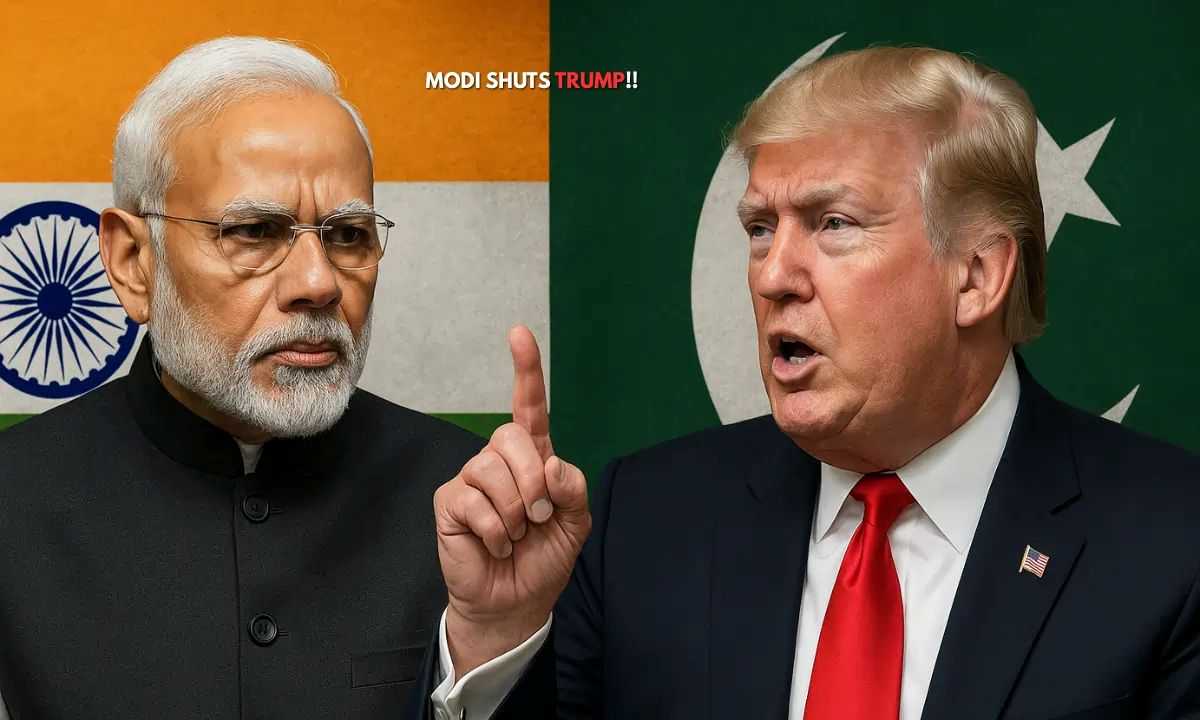
Operation Sindhu
New Delhi – In a massive relief operation amid escalating tensions in the Middle East, the Government of India successfully evacuated 110 Indian students stranded in Iran through a special flight under Operation Sindhu. The students, mostly enrolled in Urmia Medical University, landed at Indira Gandhi International Airport in Delhi during the early hours of June 2, bringing an emotional and hopeful close to their harrowing experience.
Why Was the Evacuation Necessary?
The evacuation comes amid escalating Israel-Iran hostilities. In recent weeks, Iran witnessed a series of airstrikes and explosions, particularly around military zones and urban centers such as Tehran, Shiraz, and Urmia. Several Indian nationals residing in Iran — most of them students — had raised concerns about their safety and issued urgent pleas to the Indian Embassy in Tehran.
External Affairs Minister S. Jaishankar had earlier confirmed that diplomatic channels were in full swing and that all Indian citizens in the region would be safely brought back. As a result, Operation Sindhu was launched to initiate phased evacuations.
Who Were the Evacuated Students?
The majority of the students belonged to medical colleges in Urmia, a city in northwestern Iran. Many had been in the country for several years, pursuing their MBBS degrees. Nearly 90 out of the 110 students hailed from Jammu and Kashmir, highlighting the regional diversity of Indian citizens studying abroad.
“We were stuck in our hostels and could hear missiles flying over us. It was terrifying,” said Amaan Azhar, one of the evacuees.
Other students echoed similar sentiments, saying they had little access to food and water during the final days before evacuation, and feared the situation could deteriorate rapidly.
Source: FirstPost
From Iran to Armenia: A Dangerous Journey
Before their flight to India, the students were safely moved by land to Armenia from Iran with the help of Indian embassy officials. Due to the closure of Iranian airspace and the lack of direct evacuation routes, land transport was the only viable option.
From Armenia, the group was flown to Delhi via Doha, thanks to close coordination between India’s Ministry of External Affairs (MEA), the Indian Embassy in Yerevan, and local Armenian authorities.
Arrival at Delhi Airport: Emotions, Relief, and Gratitude
The flight touched down in New Delhi around 2:30 AM IST, and a sense of relief swept through the group as they were welcomed by embassy officials and medical teams. Most of the students were visibly emotional and overwhelmed with gratitude.
“The moment we landed, it felt like we had finally come home,” said Varta, a student from Srinagar.
“The government didn’t just save us; it gave our families peace of mind,” said Mir Khalif, also from Jammu and Kashmir.
On arrival, students were provided medical check-ups, basic refreshments, and temporary accommodation for those with connecting flights. The government had arranged free travel from Delhi to Srinagar and other destinations to ensure a smooth transition.
🇮🇳 Who Helped Make It Happen?
The evacuation was the result of an inter-agency effort led by:
- The Ministry of External Affairs
- The Indian Embassy in Tehran
- The Indian Embassy in Armenia
- The Jammu & Kashmir Students’ Association
- MEA’s Minister of State Kirti Vardhan Singh, who coordinated ground-level actions
The Jammu and Kashmir Students’ Association praised the central government for “quick response and extraordinary efforts,” especially in providing logistical and emotional support to the families.
What’s Next: More Evacuation Flights Coming
According to government officials, Operation Sindhu is far from over. Around 1,500 Indian nationals—primarily students—are still stuck in cities like Tehran, Qom, and Isfahan.
Minister Kirti Vardhan Singh confirmed that more flights are being arranged, with some expected to take alternate routes through Turkmenistan and Uzbekistan, depending on regional air safety.
“Our focus is to bring every Indian citizen home safely. The mission will continue until we achieve that,” said Singh.
Safety First: Advisory for Indians Abroad
The MEA continues to urge Indian nationals in volatile regions to register with local embassies and avoid non-essential travel. Students are also advised to monitor local news and maintain communication with their universities and embassy officials.
📞 Emergency Helpline for Indians in Iran:
+98 912 807 7202
+98 912 847 9388
Final Thoughts
Operation Sindhu marks another chapter in India’s growing commitment to protect its citizens during international crises. Much like Operation Ganga (Ukraine) and Vande Bharat Mission (COVID-19), this mission is being watched globally as an example of effective crisis diplomacy.
As more flights are planned and the operation unfolds, the focus will remain on ensuring safety, dignity, and compassion for every Indian awaiting rescue.
Stay Updated: Operation Sindhu on Prime Feeds




